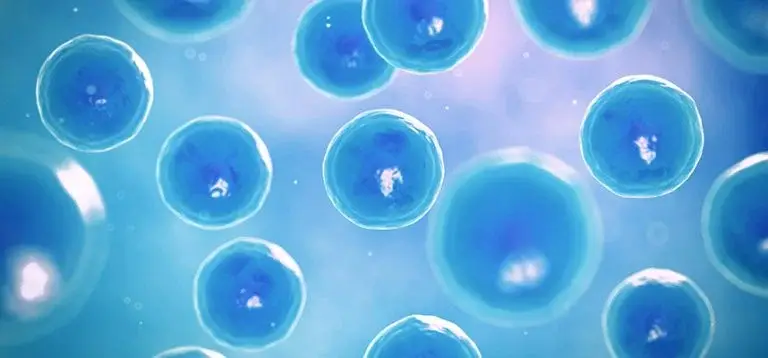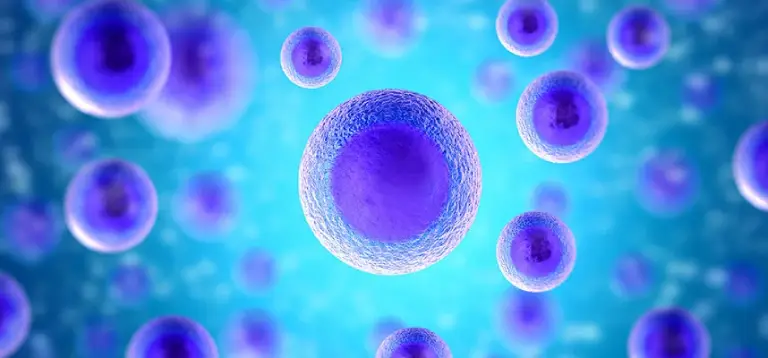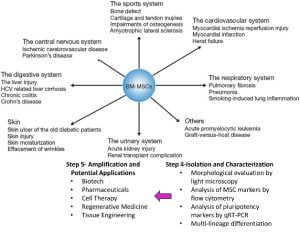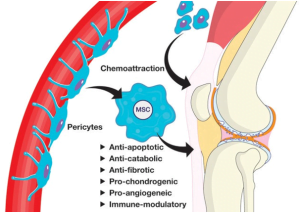
The Importance Of Primary Cell Culture For Cancer Research
Primary cells culture refer to the removal of tissue from an organism and maintaining them in an appropriate medium to allow their division. One approach involves placing a piece of tissue in a glass or plastic vessel followed by bathing it in a medium. Division and growth of primary cell occur when cells separate from the tissue piece. In another approach, the tissue is treated with enzymes to digest the attaching materials of cells to hence release single cells that are cultured in the appropriate medium.
For the case of primary cancer cell cultures, fresh surgically resected tissue is used to develop ex vivo cell populations. While the most widely used culture method for studying cancer, especially in preclinical assays employs the use of immortalized cell lines. However, the process of transformation makes the accuracy of these models questionable, and hence, whether the actual cancer behavior is represented by these models becomes a question.
Thus, primary cancer cell cultures closely resemble the phenotype and behavior of cancer tissues to serve as a valid tool for clinical and preclinical analyses. Cell lines become relevant systems to study cancer given the conserved molecular and genetic features, ease of use and management, storage, amplification, as well as the practicality and cost.
As primary cultures are developed from fresh samples, single tumours can be established to allow comparative analyses between lesions in the same or different parts of the body. Researchers Daigeler and team (2008) observed that the clinical degree of response was the same for the different stages of disease when 19 liposarcoma primary cultures (12 primary tumours, 6 recurrences, and one metastatic) were treated with doxorubicin. This shows the suitability of primary cultures to assess the effect of drugs on patients.
One of the major challenges of lung cancer is its high mortality accounted for by its late detection and much to be determined mechanisms. Given the limitations of immortalized cell culture (mainly karyotypic instability that changes the morphology and functions when compared to the original tumour tissue), an article published in 2018 reported the development of primary lung cancer cell culture using percutaneous puncture. Following mechanical disaggregation, culture was carried out using Base C growth media supplemented with 5% fetal bovine serum. The cultures so established showed chromosomal abnormalities as well as markers such as EGFR, CK7, NAPSIN A, TTF1, and P63 genes as seen in tumours. This shows the suitability of using such primary lung cancer cell cultures to delve deeper into the mechanisms of the dreaded “C” disease.
The use of 3D matrices such as Matrigel allows the development of models that closely resemble the tumor of their origin. This can allow the study of gene expression profiles, morphology, proliferation, and drug resistance to hence serve as in vitro drug screening to predict human drug responses.
Primary cell lines shall remain a viable tool to continue to offer insights into one of the most dreaded conditions: cancer!
References:
Miserocchi, G., Mercatali, L., Liverani, C., De Vita, A., Spadazzi, C., Pieri, F., Bongiovanni, A., Recine, F., Amadori, D., & Ibrahim, T. (2017). Management and potentialities of primary cancer cultures in preclinical and translational studies. Journal of translational medicine, 15(1), 229. https://doi.org/10.1186/s12967-017-1328-z
Daigeler A, Klein-Hitpass L, Chromik MA, Müller O, Hauser J, Homann HH, Steinau HU, Lehnhardt M. Heterogeneous in vitro effects of doxorubicin on gene expression in primary human liposarcoma cultures. BMC Cancer. 2008 Oct 29:313.
Herreño, A. M. et al. (2018). Primary lung cancer cell culture from transthoracic needle biopsy samples. Cogent Medicine, 5(1), 1503071. https://doi.org/10.1080/2331205X.2018.1503071






